1787 Search Results for video of the week
June 19, 2014
by Carole Zangari -
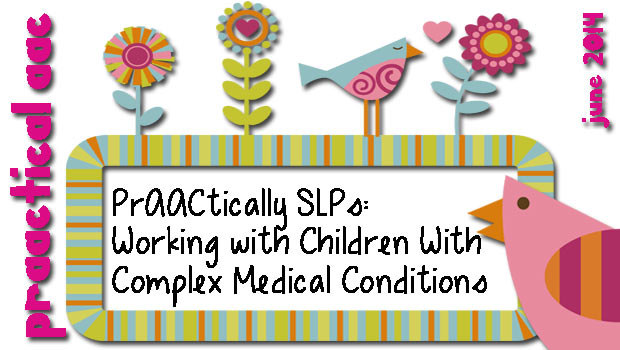
We are pleased to be sharing another post by a graduate student SLP. Stephanie Amundsen attends the SLP program at the University of Central Florida (UCF) and has worked for the Florida Alliance for Assistive Services and Technology (FAAST) Atlantic Regional Demonstration Center (ARDC) since May 2012. She is currently completing an externship working with children with complex communication needs, and is writing her thesis on AAC access in acute and sub-acute facilities. She has presented posters on service learning using AAC intervention and grammatical intervention using AAC under the direction of Dr. Kent-Walsh at the 2013 ASHA Convention, and has volunteered at the Assistive Technology Industry Association (ATIA) Conference in 2013 and 2014. :::::::::::::::::::::::::::::::::::::::::::::::::::::: As a graduate student placed in my first externship, I encountered multiple clients with AAC needs from day one. Because one of my placement sites is a Prescribed Pediatric Extended Care (PPEC) facility, many... [Read More...]
May 30, 2014
by Robin Parker -
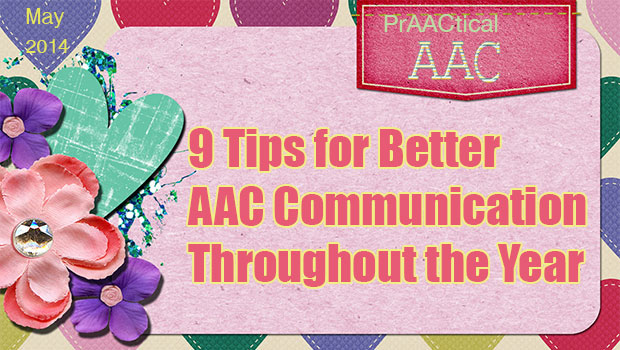
Although Better Hearing and Speech Month is ending, we want to continue best prAACtices in all teaching interactions throughout the year. Here are 9 AAC facilitator tips to help with this goal. Provide Aided Language Input (ALI)– ALI is modeling AAC style. Speak AAC to the AAC user. Use Scaffolding– Scaffolding is a verbal and visual strategy that has the facilitator build upon prior knowledge of the learner in order for the learner to integrate a new concept or skill. Model words and concepts to add information onto what the AAC user already knows and uses. Provide Expansions and Extensions– A form of modeling. Add a word to the spontaneous communication from the learner. The facilitator models a conceptual or grammatical word in the form of a model. Use Recasting– Recasts serve to add or correct information without obstructing the natural flow of communication. Recasting is another form of modelling. The... [Read More...]
May 15, 2014
by Robin Parker -

About Teaching Core Words Teaching Core Vocabulary Core Vocabulary All Day Long 5 Things To Do If You’re Not Confident Teaching Core Vocabulary Joining Core and Fringe Vocabulary What’s The Connection: Visual Schedules and Core Vocabulary Core Words and the Curriculum Core Words, Direct Vocabulary Instruction, & The Beginning Communicator Core Vocabulary: Making Sense of Symbols More on Teaching Core Vocabulary Thoughts on Teaching Core Vocabulary Teaching Core Vocabulary with Direct Instruction Strategies Core Vocabulary- Specific Teaching Ideas PrAACtical AAC Core Words & July Fourth: Get Ready, Get Set, Go Cookies and Core August Core Word PrAACtice Ideas September PrAACtice With A Year of Core Words October PrAACtice With A Year of Core Words November Core Word PrAACtice Ideas December Core Word PrAACtice Ideas Core Word Vocabulary Words A Year of Core Vocabulary Another Year of Core Vocabulary The First 12: Getting Started With Core Words More on Core Words:... [Read More...]
April 25, 2014
by Robin Parker -
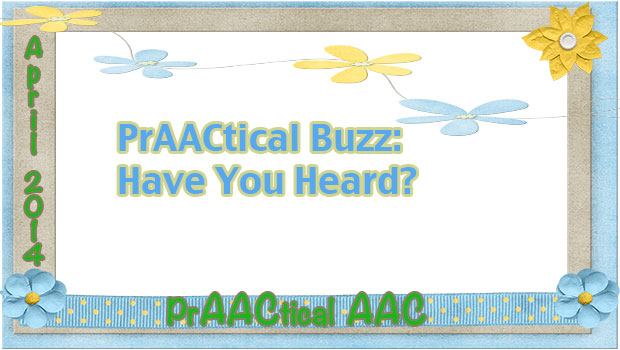
There is a lot of prAACtical buzz around 2 AAC apps that have recently released free/lite versions Check them out: Avaz Lite Version- AAC App for Autism (Augmentative Picture Communication Software for Children with Special Needs)- Try out Avaz AAC app with the lite version and a 7-day promotional subscription period to the symbols and voices which can be used for decision making options. Learn more about the full version at Avaz Support. Dynavox Compass (try for 30 days or full version for ASHA Certified Professionals)- A full version for professionals with weekly resource emails with videos and tips to help learn the full potential of the app. Other long standing free and lite versions: 133 Free or Lite Versions of AAC Apps
April 23, 2014
by Carole Zangari -
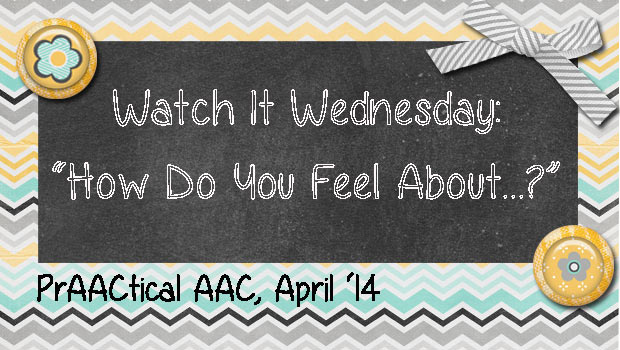
Last week, we were delighted to have a post by Dr. Joan Murphy about a research-based approach called Talking Mats. In this post, we share a video of the implementation of this concept with Charlie, a preschooler who has considerable oral language but nonetheless benefits from making language visible. Take a look. Direct Link to Video – https://www.youtube.com/watch?v=xgPBHxxLerA
April 17, 2014
by Carole Zangari -
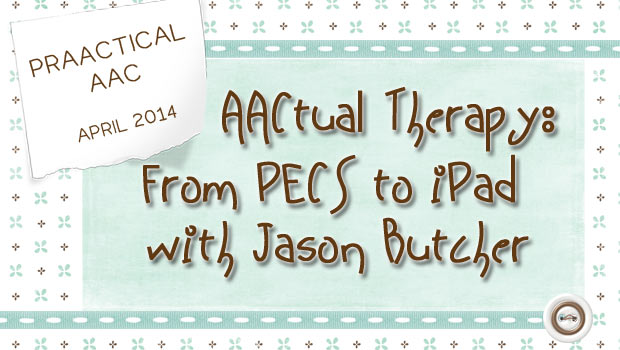
We are pleased to share a guest post by SLP Jason Butcher, who serves students at Grant County Middle School. Jason has been working with middle and high school students for the past 14 years. He earned his Master’s in Communication Disorders from the University of Kentucky in 1999. He admits that he came to do AAC more out of necessity than interest due to serving a huge variety and degree of speech/language impairments on his caseload. He has always enjoyed working with technology and is patient when fixing problems, qualities that he thinks have served him well when hitting the inevitable roadblocks that come with working in the area of AAC. In this post, Jason shares some candid thoughts on the transition from PECS to an iPad for a student with whom he works. It was nearing the end of September when I began to fear that Ms. Ruff, a teacher... [Read More...]
March 28, 2014
by Carole Zangari -

Want to do something really great for some of your prAACtical friends who aren’t yet reading fluently? Turn on closed captioning whenever they watch TV or videos. Our fast fAACt for the week: Subtitles and captioning support reading comprehension and vocabulary learning, too. Check out Chris Bugaj’s podcast and other resources, and turn on those captions! :::::::::::::::::::::::::::::::: Koskinen, P.Wilson, R.M., Gambrell, L.B. & Neuman, S.B. (1993). Captioned video and vocabulary learning: An innovative practice in literacy instruction. The Reading Teacher, 47(1), 36-43.
March 12, 2014
by Carole Zangari -
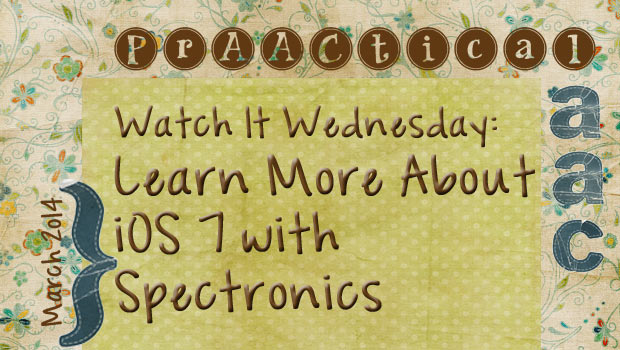
The amazing team at Spectronics has been presenting a terrific set of workshops on iPads for education and special needs. In this week’s featured video, Katie Lyons gives a thorough overview of the iPad and iOS 7. While it is great for people just getting started, there are enough handy tips to make it useful to experienced iPad users, too. We already shared it with a few families and colleagues and they’ve given it rave reviews. At the end of the video, Katie references a Spectronics Blog article by Charlene Cullen on switch use in iOS 7. You can get to that article here. Enjoy!
February 11, 2014
by Carole Zangari -
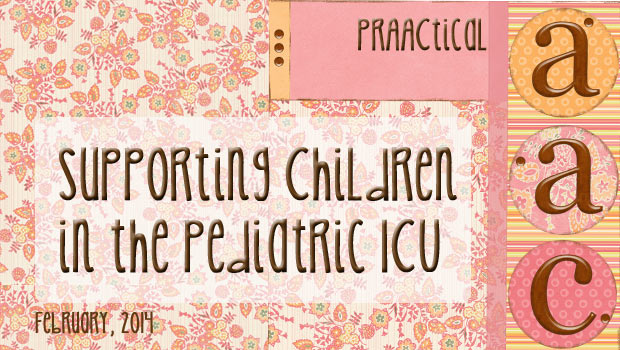
If there is anything scarier than having a very sick child in the ICU, it has to be when that child has no means of communication. In this Research Tuesday post, we join the efforts spearheaded by Rachel Wynn of Gray Matter Therapy to share an article that discusses the issues and presents some solution strategies. When we think of research studies in SLP, we think of experimental designs and randomized controlled trials (RCTs). In AAC, group research designs are uncommon because of the immense heterogeneity of this clinical population. Even limiting the study to one single disorder and age group, say teenagers with dysarthria secondary to cerebral palsy, contains too much heterogeneity for most group research. Instead, we see more single subject design experimental studies (SSEDs) in AAC. When well-designed, SSEDs have strong experimental control and allow researchers to answer causal questions, such as “did the treatment (e.g., teaching... [Read More...]
February 10, 2014
by Carole Zangari -
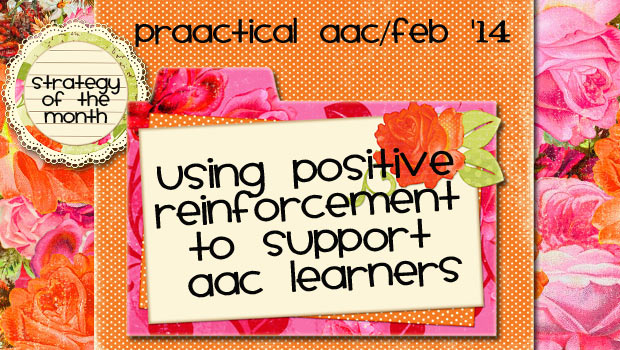
In terms of reinforcement, Jamie kept me on my toes. Initially, she preferred to be by herself so that she could do her own thing without any demands placed on her. Solitary time is not our favorite way to reinforce desired behavior, but it was a start. Jamie earned little bits of free time where she could have some uninterrupted play. Then, she seemed to like anything that she could line up. No sweat. (This is progress! We were much happier to see her desire things as opposed to the absence of company. We had lots of things that we could use and she loved the novelty of materials we presented…for short awhile). Quickly, that morphed into things that she could line up that had letters. Got it! (We can repurpose some alphabet puzzles/games and we’re good!). Then, things got interesting. One week there was an intense love of... [Read More...]









